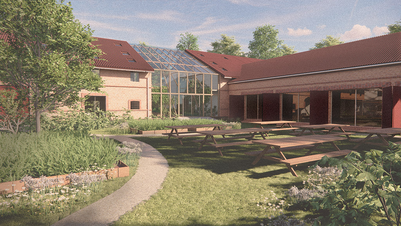
Establishing a condition report for 14 human skeletons
Dresden Academy of Fine Art is holding a unique collection of 14 natural skeletons. These skeletons are prepared with their original ligaments intact.
The skeletons, which are mounted in positions representing famous sculptures, are part of a larger anatomical teaching collection, which is believed to be among the most extensive of its kind in Europe. The skeletons have been subject to poor storage conditions which include careless handling and storage under a leaking roof. This has resulted in many different damage types and there are examples of bones and ligaments that have been broken, lost, having cracks are flaking or have been discolored. A survey has been carried out to clarify the materials used on the skeletons, and damage types in both bones and ligaments have been established. For a further investigation of the patterns in the deterioration of ligaments a measurements of the hydro-thermal stability of collagen fibres by the MHT method was carried out. Many of the ligaments had damage types including shrinkage and deformations. The research showed a mechanism that could explain this damage: Oils, found to be drying or semidrying together with natural resins added to the skeletons were establishing complex oxidation reactions, together with metal salts from corroded metal wires. These reactions led to complex lipid-protein polymerization products. However the hydrothermal stability of the collagen fibres were weakened as shown by shrinkage temperature measurements.
Much more research is needed for a thorough understanding of the deterioration of natural skeletons. But with this research a wider knowledge of the materials used on natural skeletons and their degradation patterns have been achieved.











